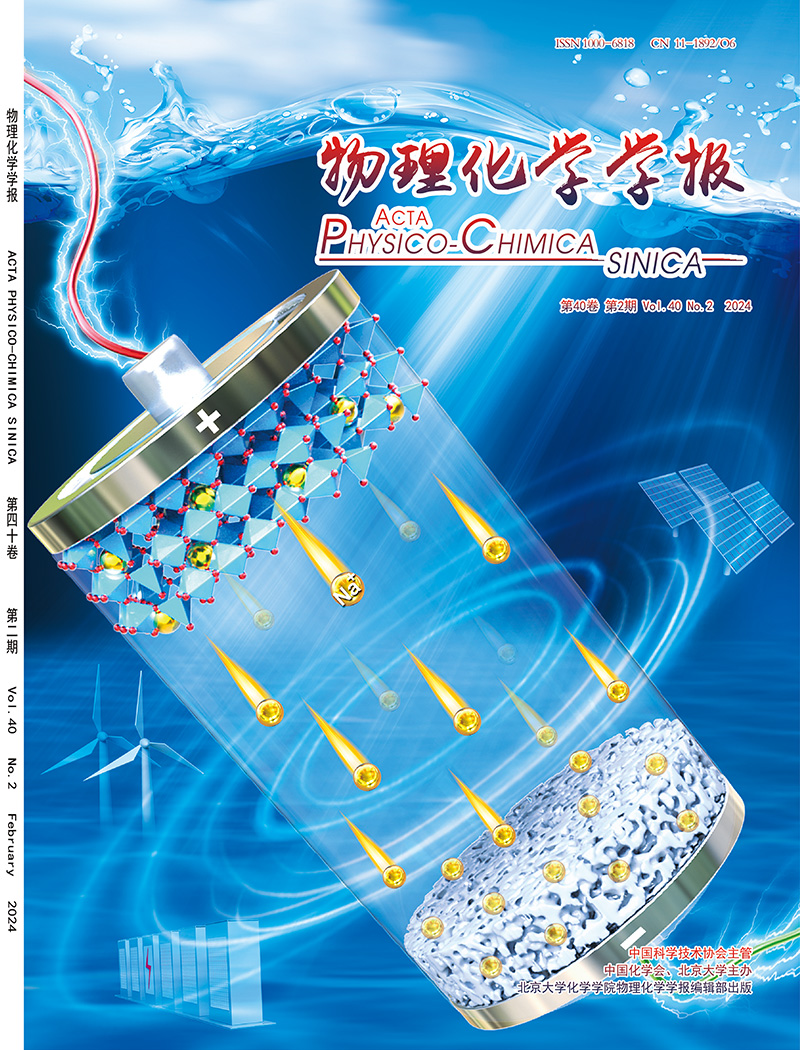污水中含氮废物电降解的评价策略
IF 13.5
2区 化学
Q1 CHEMISTRY, PHYSICAL
引用次数: 0
摘要
氮气和含氮化合物的相互转化是天然氮循环的核心,氮循环是最重要的全球生物地球化学循环之一,在维持所有生物的生命中起着至关重要的作用。由于工业和生活废水的肆意排放,地表水水体中的氮污染已成为一个全球性的环境问题。含氮废物的过度积累对人类健康构成严重威胁,并破坏自然氮循环。传统的水净化方法,如化学氧化还原法、物理吸附法、生物处理法等,往往面临着能耗高、效率低、空间要求大、处理时间长、产生污泥、运行成本高等限制。新兴的电化学降解技术为有效降解含氮废物提供了有前途的解决方案。这些电化学技术在成本效益、环境友好、效率高、适用性广等方面具有优势,同时在电降解过程中也提供了创造附加值的机会。根据废水中含氮废物的氧化还原性质,可将其分为亲电试剂(如硝酸盐和亚硝酸盐)和亲核试剂(如氨氮、肼和尿素)。根据含氮废物的不同性质,将相应的电化学降解反应与定制的电化学储能和转换装置相结合,可以提供额外的能量和价值产生的机会。本文巧妙地提供了对污水中代表性含氮废物电降解过程中增值策略的先进见解,其中强调了提高价值输出效率的方法,包括(i)将亲电污染物的电还原与亲电锌电池耦合,以实现能量输出和同步化学生产;(ii)将亲核污染物与混合直接燃料电池耦合电氧化以实现能量输出;(iii)应用混合水电解系统辅助亲核废物实现节能清洁制氢;(iv)组装亲核锌电池用于储能和制氢;(v)通过C-N耦合过程生产有价值的化学品。强调了电池设计,以及先进电极和电池配置的选择标准和优化策略。最后,深入分析了当前面临的挑战和未来的展望,以加深对先进电化学电池的理解,并在机理研究、电极设计与评价、电池设计等方面弥合实验试验与实际应用之间的差距。本文章由计算机程序翻译,如有差异,请以英文原文为准。

Valorization strategies for electrodegradation of nitrogenous wastes in sewage
The interconversion of N2 and N-containing compounds is central to the natural nitrogen cycle, one of the most important global biogeochemical cycles, which plays a crucial role in sustaining life across all organisms. Nitrogen pollution in surface water bodies, caused by the indiscriminate discharge of industrial and domestic wastewater, has become a global environmental concern. The excessive accumulation of nitrogenous wastes poses a serious threat to human health and disrupts the natural nitrogen cycle. Traditional water purification methods, such as chemical redox processes, physical adsorption, and biological treatments, often face limitations, including high energy consumption, low efficiency, large space requirements, prolonged treatment times, sludge generation, and high operating costs. Emerging electrochemical degradation techniques offer promising solutions for efficiently degrading nitrogenous wastes. These electrochemical technologies demonstrate advantages in cost-effectiveness, environmental friendliness, high efficiency, and broad applicability, while also presenting opportunities to generate added value during the electrodegradation processes. Nitrogen-containing wastes in wastewater can be classified into electrophiles (e.g., nitrate and nitrite) and nucleophiles (e.g., ammonia nitrogen, hydrazine, and urea) according to their redox properties. Based on the different properties of nitrogenous wastes, coupling corresponding electrochemical degradation reactions with tailored electrochemical energy storage and conversion devices provides opportunities for additional energy and value generation. Herein, advanced insights into valorization strategies during the electrodegradation processes of representative nitrogenous wastes in sewage are subtly provided, where the approaches for enhanced value output efficiency are highlighted, including (i) coupling the electroreduction of electrophilic pollutants with Zn-electrophile batteries to achieve energy output and simultaneous chemical production, (ii) coupling electro-oxidation of nucleophilic pollutants with hybrid direct fuel cells to realize energy output, (iii) applying hybrid water electrolysis systems assisted with nucleophilic wastes for energy-saving and clean H2 production, (iv) assembling Zn-nucleophile batteries for energy storage and hydrogen production, and (v) producing valuable chemicals via C-N coupling processes. The cell design, coupled with selection criteria and optimizing strategies of advanced electrodes and cell configuration, is highlighted. Finally, an in-depth analysis of current challenges and future prospects is provided to deepen the understanding of advanced electrochemical cells and bridge the gap between experimental trials and practical applications with respect to mechanism investigation, electrode design and evaluation, and cell design.
求助全文
通过发布文献求助,成功后即可免费获取论文全文。
去求助

 求助内容:
求助内容: 应助结果提醒方式:
应助结果提醒方式:


